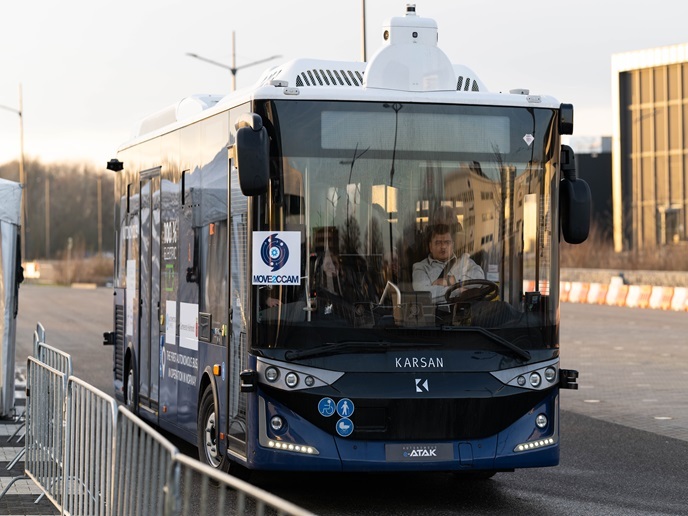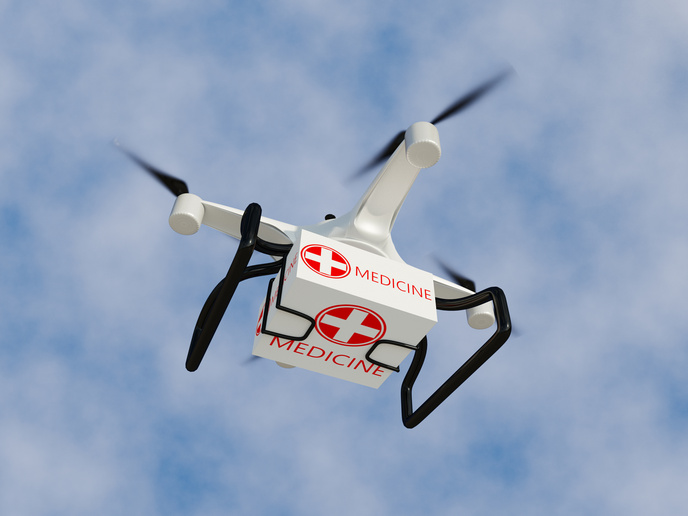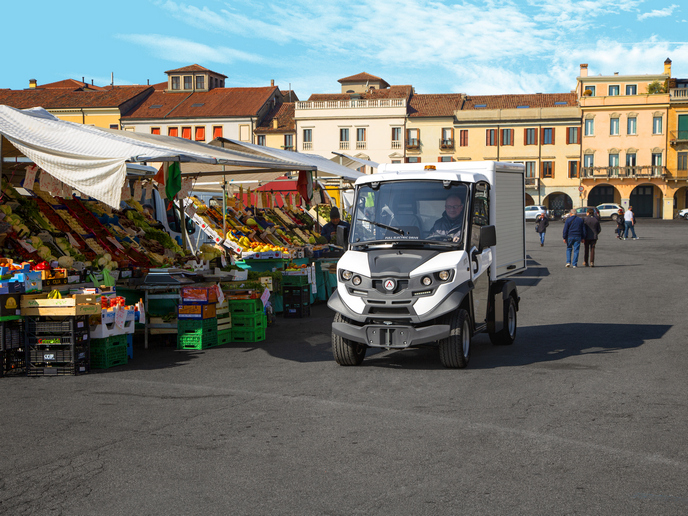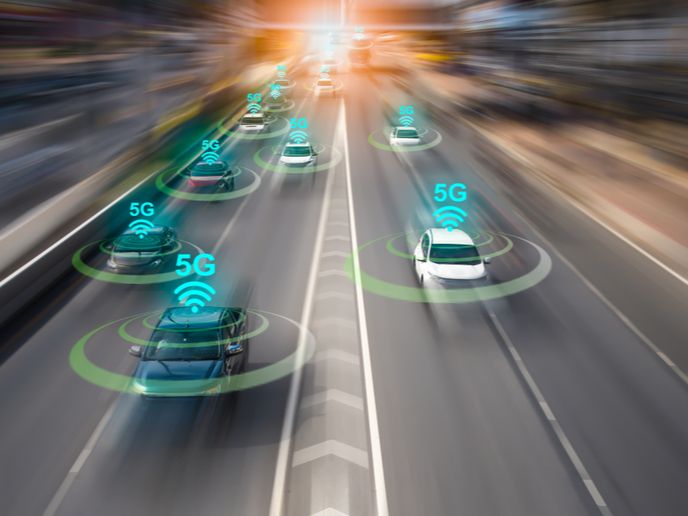Assessing societal impacts of new CCAM interventions
In the near future, connected and automated vehicles will interact directly with one another and with road infrastructure. Large-scale demonstration projects have seen significant advances in this field, and the potential societal impacts of this technology cannot be overlooked. “It is important that the human factor is not left behind,” says Move2CCAM project coordinator Héctor Cañas from BABLE in Germany. “Up until now, there has been little research focusing solely on this aspect.” Move2CCAM was launched specifically to take account of how connected and automated mobility solutions might affect society, the economy, health and the environment. The project team wanted to centre these conversations on the interests of citizens and civic organisations, making it easier for decision makers to take account of societal impacts. The team gathered the views of stakeholders across Cyprus, France, Germany, Greece, the Netherlands, Poland, Spain and the United Kingdom. “These regions were selected because they have different transport systems and needs,” explains Cañas. Co-creation activities were organised to better understand current perceptions of automated mobility. These activities included online and in-person meetings. In total, over 8 000 citizens were involved. “From this we were able to identify mobility needs and challenges in each of the regions, and to co-create specific mobility use cases,” adds Cañas. “Citizens came up with some really cool ideas for how automated mobility could benefit their communities.” These ideas included rural automated shuttle buses, medicine-delivering drones, and automated long-distance freight lorries. “The freight industry is having a hard time replacing retired drivers, so this was seen as one solution,” explains Cañas.
Online CCAM resource
Starting with 50 identified use cases, a priority shortlist of 15 was identified by the project team, and a deeper analysis of the various social and economic impacts of these carried out. This research work then fed into the project’s key deliverable – the Move2CCAM impact assessment tool. This online resource is designed to give city planners and researchers a better perspective of how new CCAM technologies will have an impact across eight categories such as job creation, the environment and public health. The tool allows users to select the region they want to evaluate. Currently these include Helmond in the Netherlands, the Upper Silesian Basin metropolis in Poland, and the North Aegean in Greece. “You then select the use case you want to evaluate, for example, self-driving taxis,” notes Cañas. Using baseline data gathered during the first few years of the project, the tool shows the impact these use cases might have across eight categories, through to 2050. There is also the possibility of exporting the data behind the online summary, in order to analyse scenarios in greater detail.
Future large-scale demonstrator
A training course designed to help people use the tool, and recommendations for large-scale demos, will be launched over the next few months. Currently the team is in discussions about the best way to move forward. “One of the most important aspects to define is how we can sustain the tool after Move2CCAM,” says Cañas. “We are exploring the possibility of licensing the tool with different fee options, including for example a free version for university research projects.” The project team also want to ensure that the assessment tool is available for use in future large-scale demonstrator CCAM projects. “All large-scale demos will need to evaluate societal needs and impacts,” adds Cañas. “We see this tool as an asset for these projects, and hope to include more scenarios and end-use cases as we move forward.”
Keywords
Move2CCAM, automated, CCAM, mobility, transport, freight, drones







